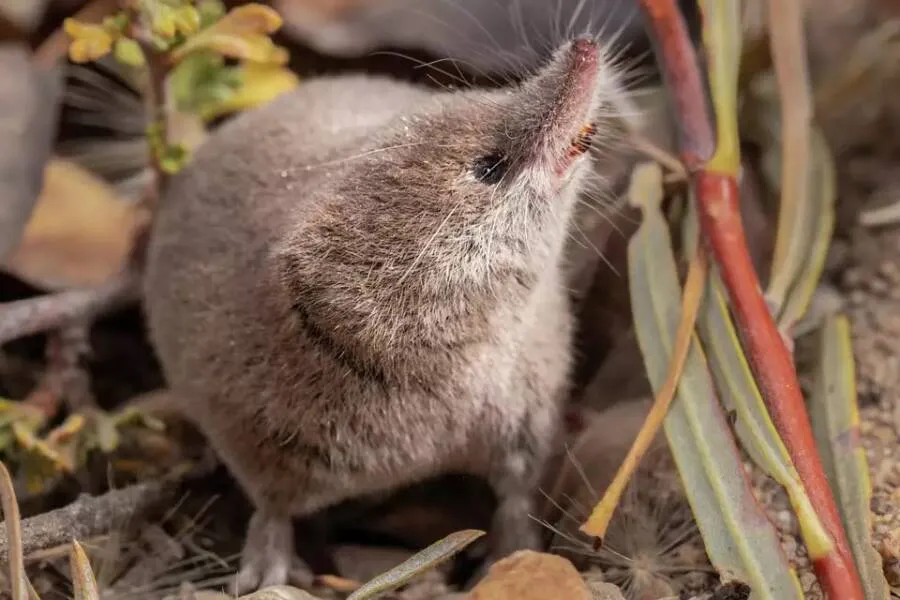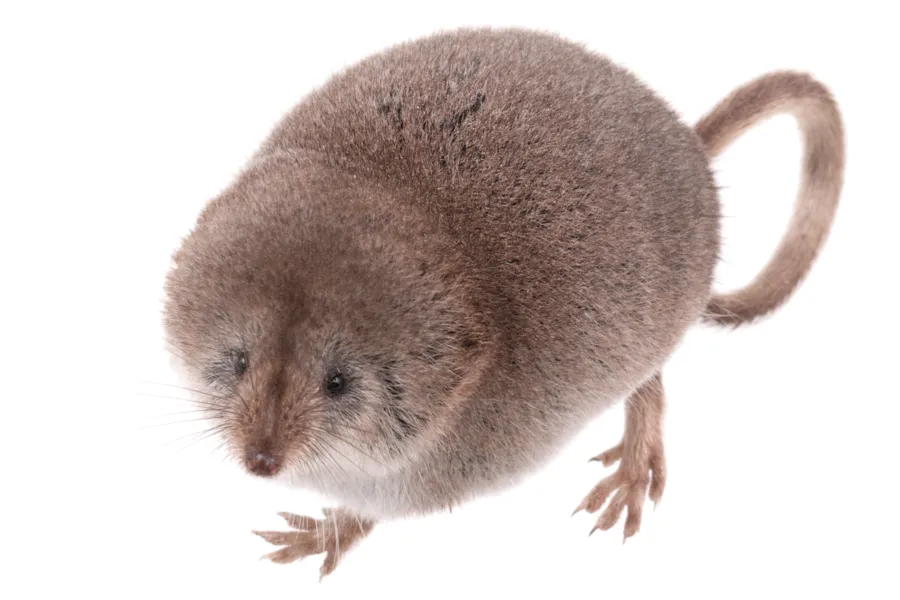In the mysterious natural world, some tiny creatures exist almost as footnotes in the vast book of science. The Lyell’s shrew, a rare mammal native to the Sierra Nevada region of California, is a prime example. For over a century, they remained hidden in the shadows, until a group of young, passionate scientists decided to unveil their secrets, capturing the first-ever images of this shrew in their natural habitat.
Unveiling the Mystery of the Lyell’s Shrew
This challenging journey was led by Vishal Subramanyan, a student at the University of California, Berkeley, along with Prakrit Jain (UC Berkeley) and Harper Forbes (University of Arizona). All three were astonished to discover that the Lyell’s shrew was the only mammal in California never to have been photographed in the wild. This realization sparked a challenging yet promising expedition, not only to capture photographs but also to gain a deeper understanding of the elusive shrew’s behavior, contributing to the conservation efforts of their threatened habitat.

Overcoming Harsh Challenges
In November 2024, the research team set out for the eastern Sierra Nevada, believed to be the “home” of the Lyell’s shrew. However, the journey was far from easy. Their small size (less than 10cm, weighing about 4 grams) and extremely high metabolism, requiring them to eat constantly, made the study difficult. The team had to check traps frequently to ensure no individual went hungry.
Subramanyan shared, “Sleep deprivation was one of the biggest challenges. We had to check traps every two hours, meaning no one slept for more than two consecutive hours. Nighttime temperatures in the Sierra Nevada dropped to -9 degrees Celsius, making the work even more arduous.”
A Historic Moment: Capturing the First Images
Despite the hardships, the team’s persistence paid off. After three days, they captured four different shrew species, including the rare Lyell’s shrew. The moment this tiny creature appeared before the camera lens, its sparkling eyes examining the world around it, marked a significant milestone in scientific history.
To accurately identify the species, the research team collected DNA samples and measured body and ear size, comparing them with previously deceased specimens.
Unexpected Discoveries About Behavior
Beyond capturing images, the research team also observed unique behaviors of the Lyell’s shrew, particularly their habit of caching food – something never previously recorded. This discovery contributes to a deeper understanding of this animal, shedding light on how they adapt to their harsh environment.
A Fragile Future and a Call for Conservation
The success in capturing images did not diminish concerns about the future of the Lyell’s shrew. According to the University of California, Berkeley, the species is listed as a “mammal of special concern” due to the impacts of climate change. Experts predict that by 2080, they could lose up to 89% of their natural habitat due to changes in temperature, humidity, and food sources.
Subramanyan, Jain, and Forbes hope that these first photos will raise public awareness about the existence and threats facing the Lyell’s shrew, while also encouraging further research to protect them. “We want people to know about the Lyell’s shrew and the dangers they face. We also hope our journey will inspire others to study lesser-known animal species because they also play a crucial role in the ecosystem.”
Lessons from the Photo Safari
The story of this expedition is not just a scientific achievement but also a testament to the passion and determination of young scientists. They have uncovered something greater about humanity’s responsibility towards the wild world. The first photos of the Lyell’s shrew are not just a historic moment but also a reminder that even the smallest creatures deserve protection.

In the journey of traveling the world, sometimes the most wonderful things are hidden in the smallest details. Conserving rare animals like the Lyell’s shrew is not only the responsibility of scientists but also of each of us. Let’s join hands to protect the biodiversity of our planet, so that future generations have the opportunity to admire the beauty of the natural world.